How Long Does it Take to Become a Dentist?
When I first considered pursuing a career in dentistry, one of my main questions was: how long does it actually take to become a dentist? As someone passionate about oral health and helping others, I wanted to understand the full commitment involved. In this article, I’ll walk you through the educational journey, time commitments, and various stages involved in becoming a dentist, based on my own experiences and the detailed process I uncovered.
1. The Journey Begins with Undergraduate Education
The first step to becoming a dentist is completing an undergraduate degree. For most dental schools, you need to have a bachelor’s degree, typically in a science-related field like biology, chemistry, or health sciences. The duration of this stage is usually about four years, though some students may take longer if they’re balancing other commitments. During this time, I focused on completing prerequisite courses in subjects like biology, chemistry, physics, and math, which are essential for dental school admission.
1.1 Pre-Dental Requirements
In addition to earning a degree, you’ll also need to take the Dental Admission Test (DAT), a standardized exam that assesses your knowledge in areas like biology, chemistry, and perceptual ability. I remember how intense preparing for the DAT was, but it was crucial to get a strong score to increase my chances of being accepted into dental school. The time spent on preparing for and studying for the DAT can range anywhere from several months to a year, depending on your background and readiness.
2. Dental School: A Four-Year Commitment
After completing my undergraduate degree, I applied to dental schools, which typically take four years to complete. This phase of education is where the real dentistry training happens. Dental school is divided into two parts: the first two years focus mainly on classroom learning and lab work, while the last two years are centered around clinical practice. During my time in dental school, I gained hands-on experience working with patients, learning procedures like fillings, extractions, and root canals under the supervision of licensed professionals.
2.1 Curriculum Overview
In the first two years of dental school, I took courses in anatomy, pharmacology, oral pathology, and dental materials, which provided the foundational knowledge needed to practice dentistry. The final two years focused on clinical practice, where I had the opportunity to interact with real patients and perform dental procedures. One of the most valuable experiences was working with my classmates to treat patients in a supervised clinical environment. This gave me the confidence to apply the theory I learned in real-world situations.
3. Gaining Licensure: A Key Milestone
Once I completed dental school, the next step was to become licensed to practice as a dentist. This requires passing national and regional exams, including the National Board Dental Examination (NBDE) and a clinical exam that varies by state. The process of licensing took several months, but it was a necessary step before I could begin treating patients independently. Some states also require additional exams or paperwork, which I had to complete in order to practice in my area.
3.1 Specialization Options
Although many dentists start their careers after completing general dentistry training, others choose to specialize in areas like orthodontics, periodontics, or pediatric dentistry. Specializing typically adds a few more years to your education. I personally considered a specialization in orthodontics, which would have required two to three additional years of training after dental school. However, I ultimately chose general dentistry, which allowed me to begin my career sooner.
4. Continuing Education and Professional Development
Once I became a licensed dentist, the learning didn’t stop. Dentistry is a field that’s constantly evolving, and it’s important for professionals to stay up-to-date with the latest techniques and technologies. As part of maintaining my dental license, I was required to complete continuing education (CE) courses. Most states require dentists to complete a certain number of CE hours every year to maintain their licenses. This means that throughout my career, I’ll continue learning about new procedures, treatments, and innovations in dental care.
4.1 Joining Professional Associations
In addition to completing CE courses, I also joined professional associations like the American Dental Association (ADA), which provide valuable resources and networking opportunities. Being a member of such organizations not only helps with professional development but also opens doors to further specialization, research, and collaboration with peers in the field.
5. Career Paths in Dentistry
After becoming a dentist, there are a variety of career paths to consider. Some dentists choose to work in private practice, while others may work in public health settings, hospitals, or dental schools. During my dental school years, I learned about these diverse career options, which helped me decide on the direction I wanted to take. Whether you’re interested in providing general dental care, focusing on a specific specialty, or teaching future dentists, the possibilities are vast. Additionally, many dentists choose to work in group practices or even open their own practices, which requires strong business acumen.
5.1 Salary Expectations
While becoming a dentist is a significant time and financial investment, the rewards can be substantial. Dentists in the U.S. typically earn a high salary, with figures varying based on location, specialty, and experience. According to recent reports, the median annual wage for dentists was over $150,000, with specialists earning even higher amounts. This financial reward made the long journey worthwhile for me and many others in the field.

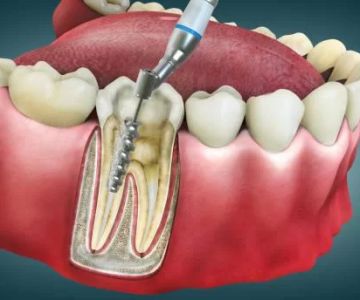
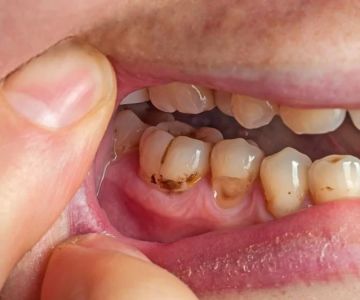

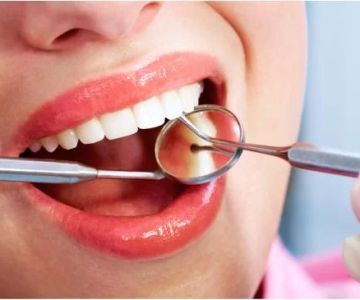
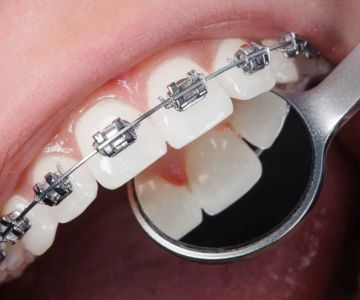
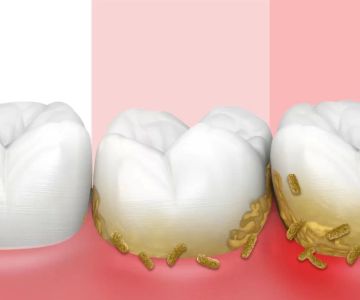
 Dental Group of Covina
Dental Group of Covina Doc Bresler's Cavity Busters
Doc Bresler's Cavity Busters Northside Dental Co.
Northside Dental Co. The Endodontic Group: Milford
The Endodontic Group: Milford A&B Scarsdale Family Dental Cosmetic Dentistry
A&B Scarsdale Family Dental Cosmetic Dentistry Triplett & Livingston Dental
Triplett & Livingston Dental The Importance of Oral Health Education During Pregnancy for a Healthy Pregnancy
The Importance of Oral Health Education During Pregnancy for a Healthy Pregnancy Why Skipping Dental Checkups Can Lead to Bigger Oral Health Problems
Why Skipping Dental Checkups Can Lead to Bigger Oral Health Problems Advantages of Porcelain Dental Restorations
Advantages of Porcelain Dental Restorations Best Tips for Brushing Your Teeth Properly for Healthy Gums: Essential Techniques for Oral Health
Best Tips for Brushing Your Teeth Properly for Healthy Gums: Essential Techniques for Oral Health How Can Diabetes Cause Tooth and Gum Problems? Preventing and Managing Oral Health Issues
How Can Diabetes Cause Tooth and Gum Problems? Preventing and Managing Oral Health Issues Healthy Habits for Promoting Good Oral Health and Hygiene: Tips for a Healthy Smile
Healthy Habits for Promoting Good Oral Health and Hygiene: Tips for a Healthy Smile